a real Catering Event Planner Job Description
In this section, we’re going to look at a real catering event planner job description — as described by a professional; Charlotte Wolseley Brinton, former Head of Events, Rhubarb Food Design.
Being a Catering Event Planner: In Their Own Words
Now let’s hear a first-hand account of a catering event planner job description from a professional:
Charlotte Wolseley Brinton
Rhubarb Food Design
Charlotte Wolseley Brinton is the former Head of Events at Rhubarb Food Design, one of the UK’s top five catering companies, where she worked on high-profile events such as HRH Prince Charles’ 50th birthday at Windsor Castle, Elton John’s Annual White Tie & Tiara Ball, and Stella McCartney’s wedding.
After leaving Rhubarb Food Design, Charlotte founded her own special events company, Event Fusion, specializing in corporate events, boutique conferences, private parties, and weddings for clients such as The Serpentine Gallery, The Royal Exchange and the British High Commission. Charlotte produces events internationally in locations such as South Africa, France, Ibiza, Morocco and the United Kingdom.
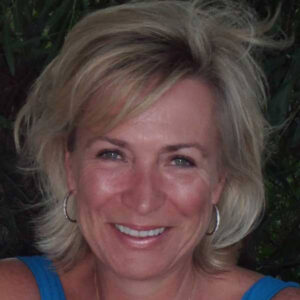
1. Catering Event Planning
“Catering is pivotal to the whole event. If the food is rubbish, it’s the only thing that people remember. The venue might look stunning, the entertainment can be amazing, and the champagne might be flowing but if someone eats poor food, that’s the thing they’ll remember. The whole event will be judged on that.
Working at Rhubarb Food Design, I learned about every aspect of event planning, not just the food. Often people think of catering as just being about the menu or bar, but all the logistics and back of house planning; dealing with the venue, power requirements, equipment, staff, transport, event safety, and food hygiene, is typical of the type of planning that the overall event planner has to do. It’s just on a smaller scale.”
Menu Planning
“Obviously, you start with the menu, but that’s the easy bit. You then have to think about how’s it going to be cooked? What are you going to eat it on? What does the table look like? What are you going to eat it with?
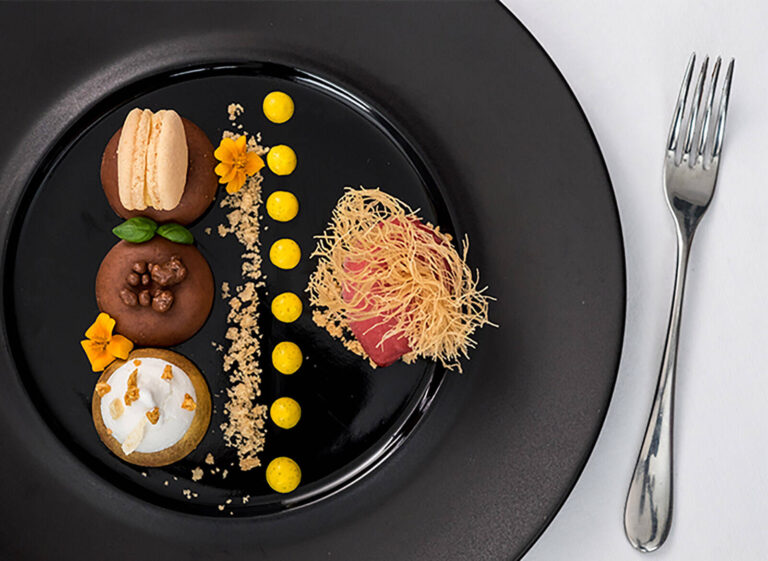
Are they having different wines with each course? Is it three courses or six? How much equipment do I need to order? How long will the event go on for? Will they need a late night snack? If you’re having a fish course, then don’t have smelly flowers because they’ll fight each other. Are there any Jewish guests attending? If so, you can’t have shellfish on the menu. If you’re putting 10 people on a 5ft (60”) table then you can’t use 12” plates or there won’t be enough room.
If the event is on a Friday, we need to allow for more alcohol because people always drink more on a Friday than they do on a Saturday because of the end of the week feeling. All those things have to be thought through.”
2. Logistics
“Then you have to think about all the technical and logistical elements and plan for those. Is there enough power at the venue for all the turbo ovens? Do we need generators? Is there sufficient lighting for the kitchen? Is there space for a clearing area to sort dirty plates and glasses? If that’s outside, is there lighting? Is it heated? Do we need to arrange an awning to cover in case it rains?
Are there separate loos for the 150 catering staff to use so they do not use the guest loos? Is there a changing area for staff? Is there somewhere for staff to lock away their valuables? Is there a green room for artists that has to have separate catering? Do we have to prepare crew meals?
Often the catering dictates the power requirements, the size and layout of the room — especially if the event is in a tent — the number of staff, and the logistics of how to run it on the night.
I remember for Andrew Lloyd Webber’s 50th birthday party — my first event — that was held in a tent in a field, there was a very small turning area for trucks to access the site, unload, and turn around.
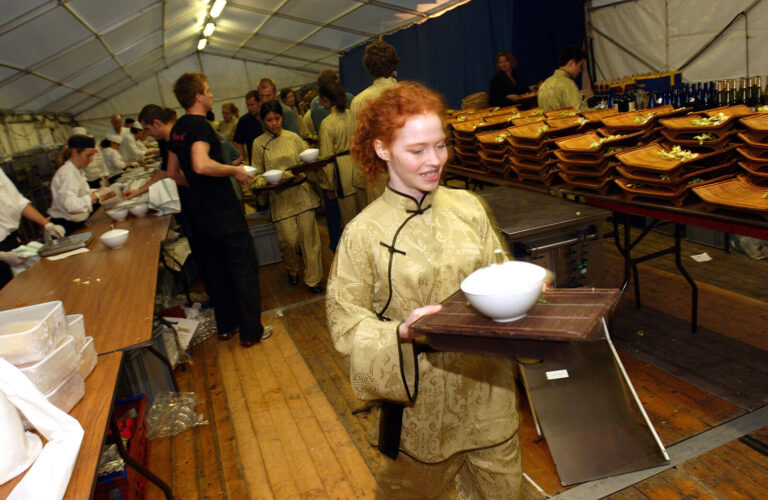
So I had to arrange to lay some temporary road over the grass to stop the lorries sinking into the soft grass. I then had to create a schedule so that each of the 15-or so 20-ton trucks that would be arriving had an allotted time slot. I also had to calculate a complete weight loading for each truck and operate the area as a hard- hat sight. It never occurred to me that was the sort of event planning I’d be doing working for a catering company.”
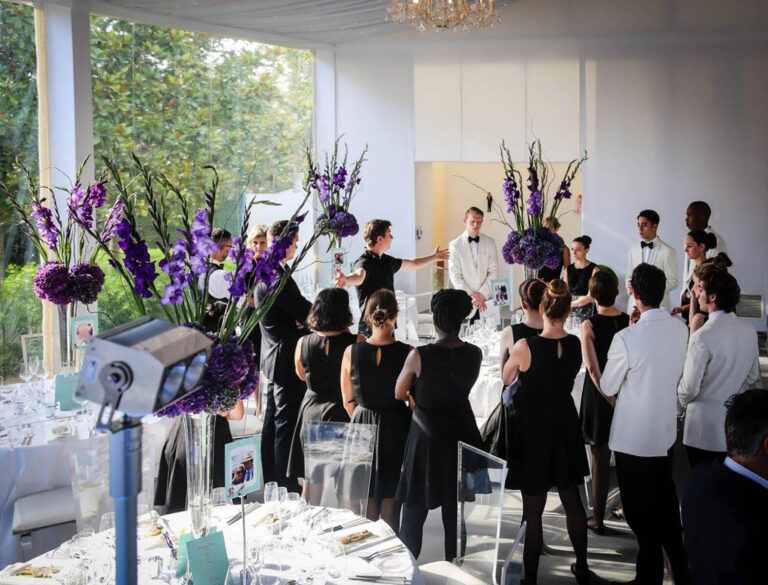
Site Planning
“Sometimes you have to do several site visits at a venue until you really get it under your skin. It took me five site visits to the Tower of London before I could really understand how it was going to work — because I just couldn’t see it in my head.
I had to plan the route from the kitchen to service, the route for the guests, how we were going to get the food from one area to another and all the timings.
I once did a wedding at a castle and the kitchen was a 10-minute walk from where the dinner was being served, so waiting staff would have been carrying hot heavy plates for 10 minutes, up several staircases, and the food would have been cold by the time it arrived.
So, I had to decide where we could plate up, whether we could put food in hot cupboards, and whether we should run food from downstairs up to the plating area.”
Problem Solving
“Often Event Planners can get frustrated with caterers and be quite demanding, because it is just not part of their remit to understand how we’re going to get these 500 hot soufflés from the kitchen to the table, which might be a 10-minute walk away up flights of stairs.
So it all comes down to logistics and planning. You’re doing a similar thing that the overall event planner might be doing when they’re considering how they’re going to get 500 guests from their respective hotels to the venue, so that they all arrive at the same time. It’s the same principle, just applied to a different area of the event. You’ve got to be very organized, so it’s great practice.”
3. Equipment Planning
“There are many different departments within the catering company itself that a catering event planner has to liaise with. There’s the front of house team who run the room on the night, the back of house team who pack the vans, drive the food, and unload, the hire department for plates and glasses, the canapé tray decorator, and of course the chefs.
It’s the planner’s responsibility to know how a menu is constructed, how each dish is put together, and the equipment required to do it. For example, a canapé might have three different components; if part of that is fried then you need to know to order a deep fat fryer.
Of course, the first question you need to ask is can we even serve that at the venue? Some venues, like galleries, museums, and auction houses won’t allow fryers because of the fire risk. So you can’t offer certain dishes to clients if the venue won’t allow you the right equipment to cook it.
You’ve also got to really analyze the menu and spell out everything that’s needed, so that the back of house crew know what to load on the vans and send to the venue.
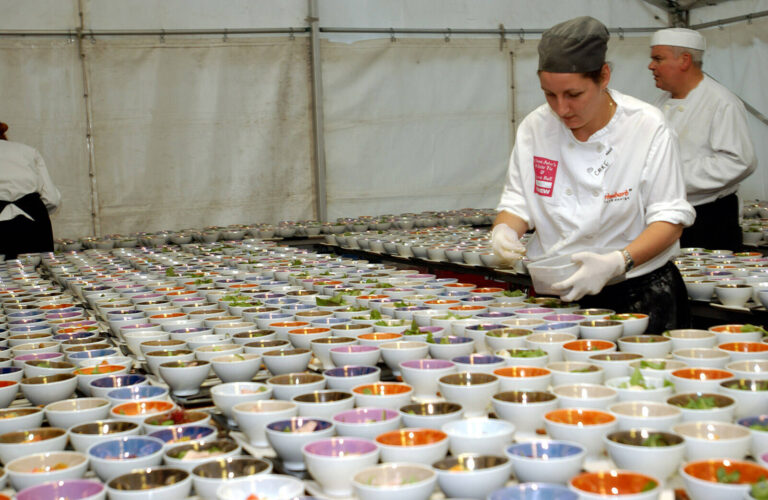
For example, on the menu it might say ‘Tea, Coffees, and Petit Fours’, but if that’s all you tell the back of house crew, that’s exactly what they’ll bring. Then you’ll get to the venue only to find you have no milk, cream, or sugar — because you didn’t specify those.
You really have to pull it all apart and think about everything that goes into it, much like the overall event planner has to do with the entire event.”
4. Planning the Entire Event
“The other great thing about working as a catering event planner is that you often get to undertake other responsibilities. Sometimes the client doesn’t hire an overall event planner; they just go directly to the catering company. So I’ve been able to handle things like the invitations, flowers, entertainment, the tent, the staff and guest’s accommodations, and even the toilets!
That was always of interest to me — the overall picture, not just the food. I would always ask to see if they needed help with other areas. Lots of caterers sell themselves to clients as event planners. Andrew Lloyd Webber’s event for example didn’t have an event planner, so on my very first job I was able to get involved in every aspect.”
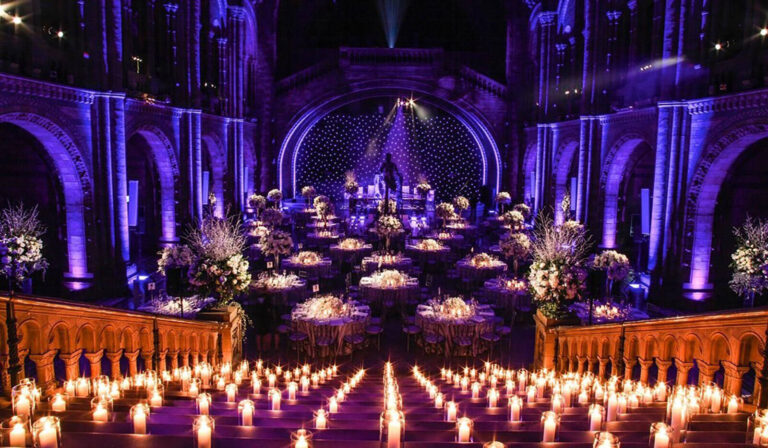
In The Next Section…
01 How to Become an Hotel Event co-ordinator
Get career advice and employment information for becoming an hotel event co-ordinator aka a conference and banqueting manager.